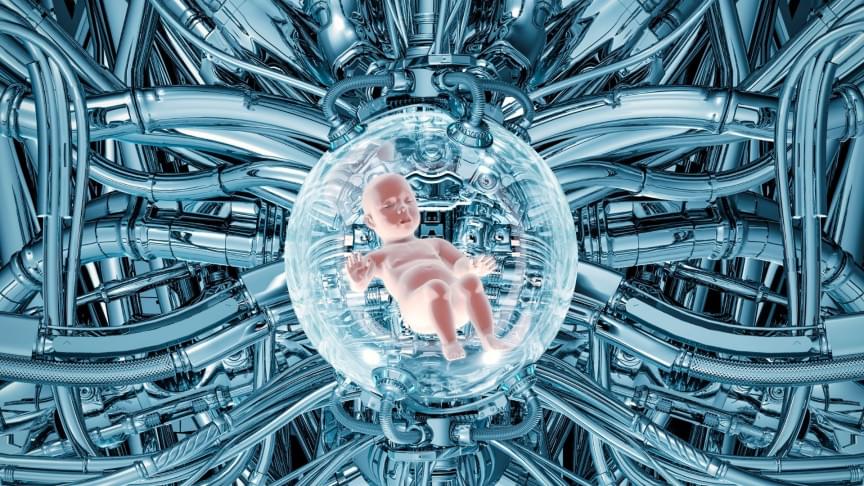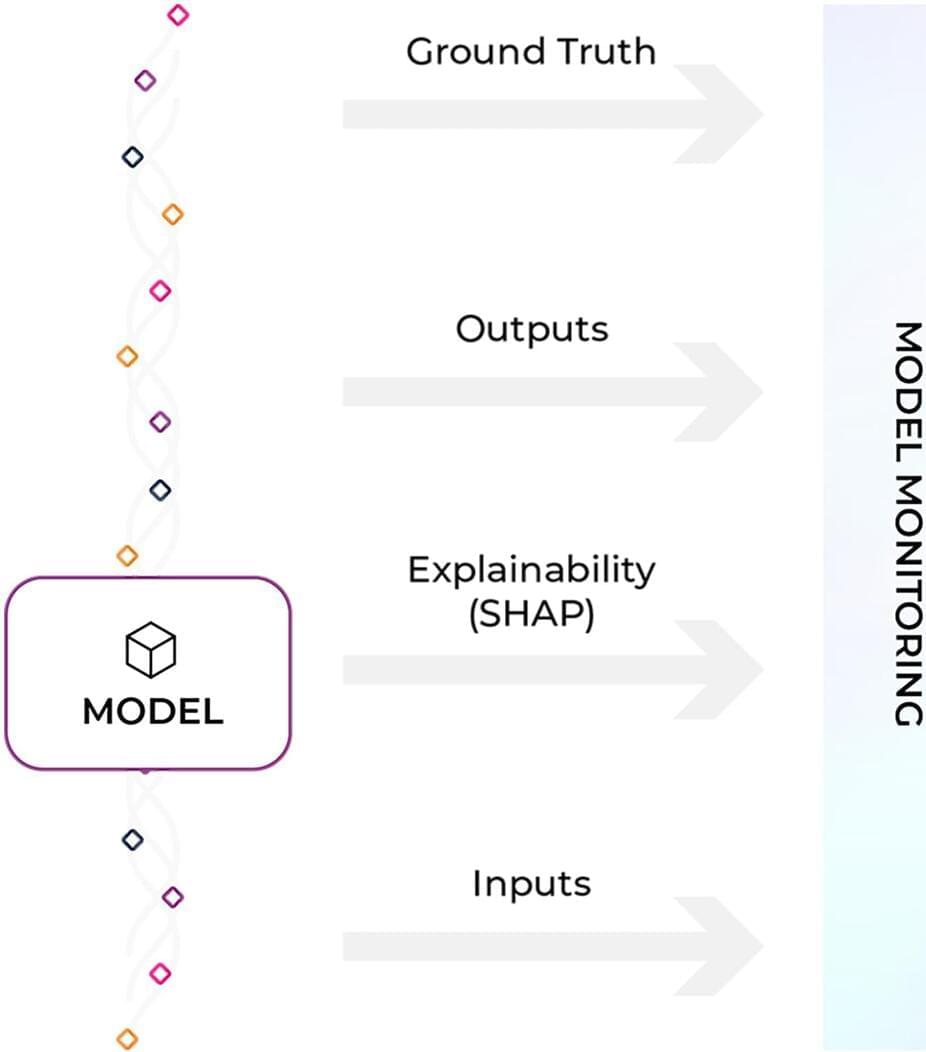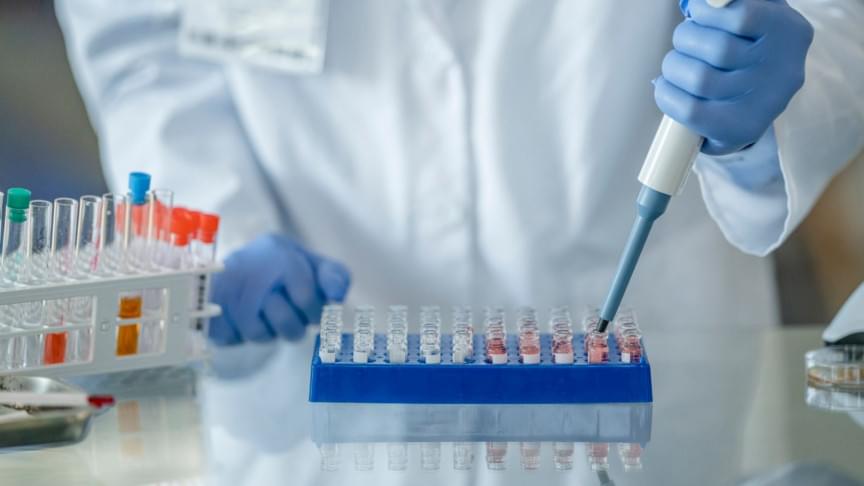
Get the latest international news and world events from around the world.


Astronomers spot a wandering black hole in empty space for the first time
Machine learning can work wonders, but it’s only one tool among many.
Artificial intelligence is among the most poorly understood technologies of the modern era. To many, AI exists as both a tangible but ill-defined reality of the here and now and an unrealized dream of the future, a marvel of human ingenuity, as exciting as it is opaque.
It’s this indistinct picture of both what the technology is and what it can do that might engender a look of uncertainty on someone’s face when asked the question, “Can AI solve climate change?” “Well,” we think, “it must be able to do *something*,” while entirely unsure of just how algorithms are meant to pull us back from the ecological brink.
Such ambivalence is understandable. The question is loaded, faulty in its assumptions, and more than a little misleading. It is a vital one, however, and the basic premise of utilizing one of the most powerful tools humanity has ever built to address the most existential threat it has ever faced is one that warrants our genuine attention.
Full Story:
An international team of researchers has spotted the first isolated black hole that is wandering around in interstellar space.

It’s Official, No More Stick Shifts for Mercedes-Benz
Using an automatically-operated clutch.
New patent filings from Ford outline a design for a new type of manual box that only uses hand inputs and doesn’t require a clutch pedal to shift, a report from *The Drive* reveals.
With its new design, Ford aims to remove some of the negative associations drivers have with manual transmission vehicles, which has led some big automakers, such as Mercedes-Benz, to announce they will stop producing stick shift cars. ## An easier way to shift gears.
The patent, for a manual transmission with [an] electric clutch\.
Ford’s new patent filings show a new type of manual box design that only uses hand inputs and doesn’t require a clutch pedal to shift.

Don’t Let The Old Man In: How To Develop A Longevity Mindset And Fight Psychological Aging?
Overall, the results indicate that failure-oriented people are more likely to make poor health choices, presumably due to a lack of proper motivation. When looking at the cause of death for each author, results also showed a strong link between failure motivation and whether or not the death could be considered preventable.
As we can see from this study and many other similar studies, people who expect failure are generally less effective in maintaining good health habits. On the other hand, a positive outlook can play a powerful role in our health decisions. Healthy behaviors include regular exercise, good nutrition, an active lifestyle, and full compliance with medical advice., all of which require strong motivation to ensure we stay the course. A positive mindset also makes us avoid unhealthy activities such as drinking, smoking, and prolonged inactivity. People who develop a failure mindset, whether due to health setbacks, hopelessness, or a general sense of fatalism, often make lifestyle decisions that can undermine their overall health and, as a result, their longevity.
Full Story:
We often look at our parents and grandparents to predict how long we are going to live and how fast we are going to age. But technology is not standing still and you may benefit from adjusting your longevity expectations and developing a longevity mindset.

The Ethical Debate About Whether AI Ought To Warn You When The Self-Driving Car That You Are Riding In Is About To Crash
We’ve all likely had our share of car crashes over the years. Let’s trace the various published research underlying a somewhat simple but altogether crucial question, namely if you know that a crash is about to occur should you go limp or attempt to tighten and brace yourself. Turns out that the answer is complicated and often dependent upon the circumstances at hand. First, there is a popular assumption that you ought to let your body go loose or limp when an impending car crash is about to occur. Some claim that this ragdoll posturing will be advantageous. The purported logic is that we all know that a straight and narrow stick will presumably break and snap entirely when placed under intense pressure. As such, if you tense up, you are risking all manner of personal bodily damage. According to the sage wisdom of Confucius: “The reed which bends in the wind is stronger than the mighty oak which breaks in a storm.”
Full Story:
Quick, you are inside a self-driving car and it is about to get embroiled in a car crash, what should you do? And what should the AI driving system do? Tough questions, for sure.

What is Model Monitoring?
The AI revolution is here. Machine learning (ML) and artificial intelligence are used in virtually every industry today to revolutionize everything from reducing food waste to achieving better health outcomes. In all, IDC forecasts that global enterprise spending on AI will eclipse $204 billion by 2025.
Unfortunately, investments in needed infrastructure may not be keeping pace. Many enterprises are shipping AI blind or relying on outdated model monitoring approaches to catch issues with models in production.
In order to understand the scope of the problem and provide insights on potential solutions, Arize AI recently conducted a survey of 945 data scientists, engineers, executives, and others in the industry. The results speak to a distinct need for better tools to quickly visualize where and why problems are emerging and enable faster root cause analysis when models fail.


Electrical spinal implant helps paralysed man have child — BBC News
David M’zee was 22 when an injury damaged his spine, leaving him paralysed 12 years ago.
In 2017, an electrical implant to his spine enabled him to stand and walk slowly by boosting the nerve signals to his legs.
He uses the device for short periods to exercise his muscles and practise walking, and says that even when it’s not turned on, it’s brought such an improvement to his health that he’s been able to have a child.
Please subscribe HERE http://bit.ly/1rbfUog.
#BBCNews